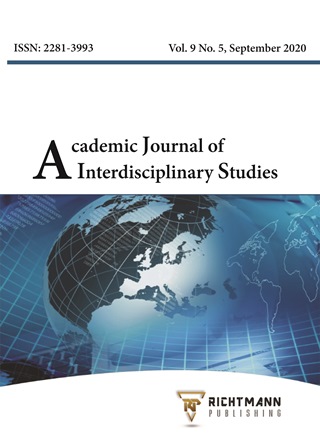Hybridization of the Cultural Identity in Disney’s Mulan
DOI:
https://doi.org/10.36941/ajis-2020-0083Abstract
Hybridization has become a fluid notion due to its association with ideas and themes that were once mutual contradicting but have now become mutual celebrated. However, such changes are inevitable as the trend of globalization continuously generates new transnational cultural elements. This study will examine the hybrid cultural identity in Disney’s animated film Mulan (1998) which was adapted from The Ballad of Mulan, a folktale that originated from China. Specifically, it focuses on the cultural identity of Disney’s Mulan and explores how it is reconstructed as a transnational culture which flowed from China to America. This phenomenon, to some extent, implies the West’s increasing acceptance of cultural productions from Asian countries. The paper employs Daphne A. Jameson’s analytic model of cultural identity consisting of vocation, class, geography, philosophy, language, and biological components which seek to examine the emergence of mixed and relational and hybrid cultural identities. Through this study, the paper aims to discuss how the process of hybridization brings the character’s cultural identity in the original folklore to an international audience and how this facilitates cultural exchange and growth. The findings show that hybridization in cultural identity presents a tension between cultural Americanization and orientalization as well as modernity and tradition, which ultimately leads to a transferable cultural identity. The study is significant in elevating the status of Chinese folktales and highlighting cultural hybridity as a mediating factor in the growing trend of cultural globalization.
Downloads
Downloads
Published
Issue
Section
License
This work is licensed under a Creative Commons Attribution-NonCommercial 4.0 International License.








